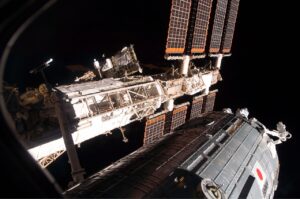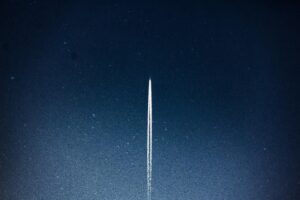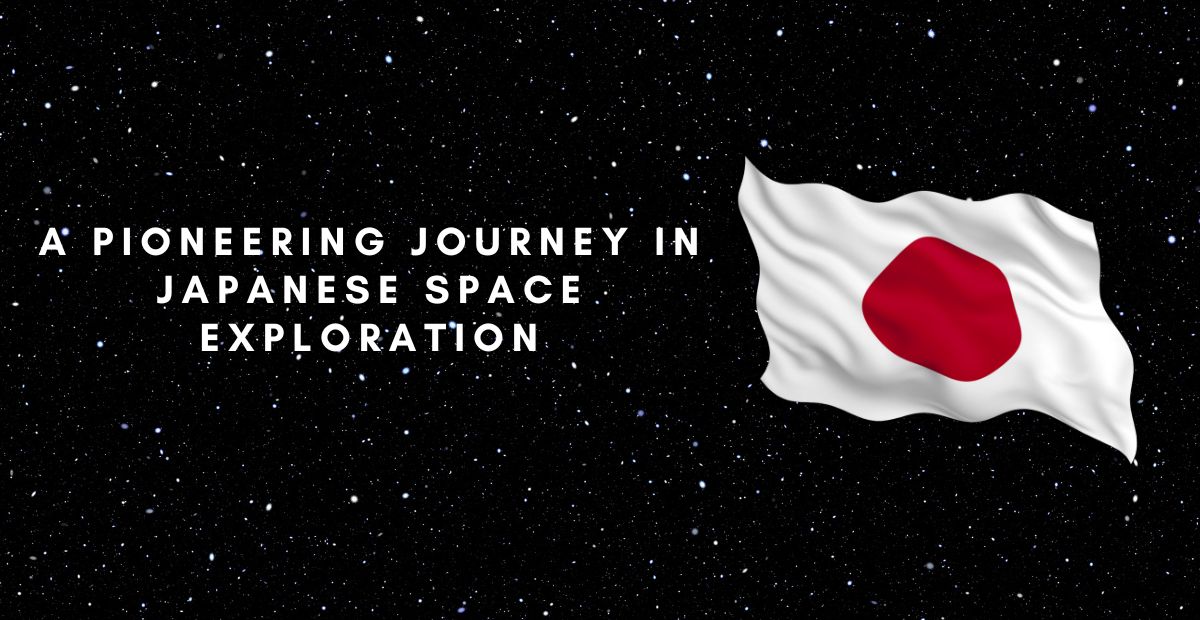Introduction
In the illustrious timeline of Japanese space exploration, each project marks a significant stride towards the stars. From the early challenges after World War II to the recent setbacks and triumphs, the journey is a testament to Japan’s unwavering commitment to pushing the boundaries of aerospace technology. Join us as we delve into the remarkable developments spanning over decades, shaping Japan’s place in the cosmos.
1970: Ohsumi – Japan’s Maiden Voyage to Space
The 1970 launch of Ohsumi marked Japan’s entry into the space age, overcoming the restrictions imposed during the post-World War II occupation. The University of Tokyo lab’s achievement in sending the first Japanese satellite via a homemade rocket paved the way for future aerospace endeavors.
1990-1993: Hiten – Lunar Exploration Unleashed
The 1990s witnessed Japan’s foray into lunar exploration with the Hiten mission. This groundbreaking project involved the launch of Japan’s first lunar probe, conducting navigational experiments between Earth and the Moon. The mission concluded uniquely, with the spacecraft manually colliding onto the Moon, leaving an indelible mark in space exploration history.
2001-Present: H-IIA – The Workhorse of Japanese Space
The H-IIA rocket, a medium-lift marvel, has enjoyed unparalleled success with a remarkable 47 out of 48 launches. Despite its accomplishments, the Japan Aerospace Exploration Agency (JAXA) plans to retire it, making way for the cost-effective H3 model, a testament to Japan’s commitment to innovation and efficiency in space exploration.
2003-2010: Hayabusa – Asteroid Rendezvous and Sample Return
In 2003, the Hayabusa mission embarked on a pioneering journey to rendezvous with the asteroid Itokawa. The spacecraft’s historic feat included delivering asteroid samples to Earth in 2010, marking the world’s first successful mission of this kind.
2007-2009: Kaguya (SELENE) – Lunar Exploration in High Definition
Kaguya, Japan’s lunar orbiter, provided high-definition images of the Moon’s surface and crucial scientific data. Its mission concluded with a deliberate crash onto the lunar surface, contributing valuable insights to lunar exploration.
2014-Present: Hayabusa2 – Advancing Planetary Defense
As the successor to Hayabusa, Hayabusa2 touched down on the asteroid Ryugu in 2019, returning with a sample capsule in 2020. JAXA continues to operate the spacecraft, focusing on studying planetary defense against small celestial objects approaching Earth, showcasing Japan’s commitment to safeguarding our planet.

October 2022: Epsilon-6 – A Setback Amidst Success
In a rare setback, JAXA faced its first rocket launch failure since 2003 with the manual destruction of the Epsilon-6 model due to a deviant trajectory. This incident highlights the inherent challenges in space exploration and the commitment to address anomalies promptly.
November 2022: OMOTENASHI – A Lost Lunar Opportunity
Japan’s lunar exploration faced another setback with the OMOTENASHI probe, intended for Japan’s first soft landing on the Moon. Unfortunately, contact was lost shortly after launch, impacting NASA’s Artemis Program. This incident underscores the unpredictable nature of space missions.
March 2023-Present: H3 – Overcoming Challenges for Future Missions
Despite challenges, Japan’s commitment to space exploration remains unwavering. The manual destruction of the initial H3 model due to engine ignition trouble in March 2023 led to widespread delays. However, the upcoming launch of the H3’s second model on Feb. 15, 2024, signifies Japan’s resilience and determination to overcome setbacks.
April 2023: Hakuto-R Mission 1 – Pioneering Private-Sector Lunar Landing
Tokyo-based startup ispace inc’s attempt at the world’s first private-sector lunar landing faced a setback with the spacecraft’s crash due to altitude miscalculation. The company’s plan to launch the second mission in late 2024 reflects the entrepreneurial spirit driving innovation in the space industry.
July 2023: Epsilon S – A Testing Setback
The Epsilon S rocket faced an unexpected setback when an engine exploded at JAXA’s testing site. This incident underscores the inherent risks in testing new technologies, causing delays in upcoming satellite launches, including Vietnam’s earth observation satellite.
September 2023-Present: SLIM – Navigating Challenges to Reach the Moon
JAXA’s SLIM mission, launched two weeks after its Indian counterpart’s Chandrayaan-3, showcases Japan’s commitment to lunar exploration. Despite global competition, SLIM adopted a fuel-efficient trajectory, aiming for a 20-minute touchdown phase from 1500 GMT Friday, further establishing Japan’s role in lunar exploration.
Conclusion: Japanese Space Exploration
Japan’s space exploration journey is a captivating tale of triumphs, setbacks, and unwavering determination. From the early days of overcoming post-war restrictions to recent challenges and advancements, Japan’s commitment to pushing the boundaries of aerospace technology is evident. As we look to the future, the upcoming launches and missions underscore Japan’s role as a pioneering force in the cosmos.

FAQ:
Q: What are Japan’s notable space exploration achievements?
A: Japan has achieved milestones such as launching satellites, contributing to the International Space Station (ISS), and exploring celestial bodies with missions like Hayabusa.
Q: How does Japan collaborate internationally in space exploration?
A: Japan actively collaborates with NASA, ESA, and other space agencies, fostering international partnerships for joint missions and scientific research.
Q: What technologies propel Japan’s space exploration?
A: Japan employs advanced technologies like H-IIA rockets, innovative satellite systems, and robotic explorers for efficient and successful space missions.
.








